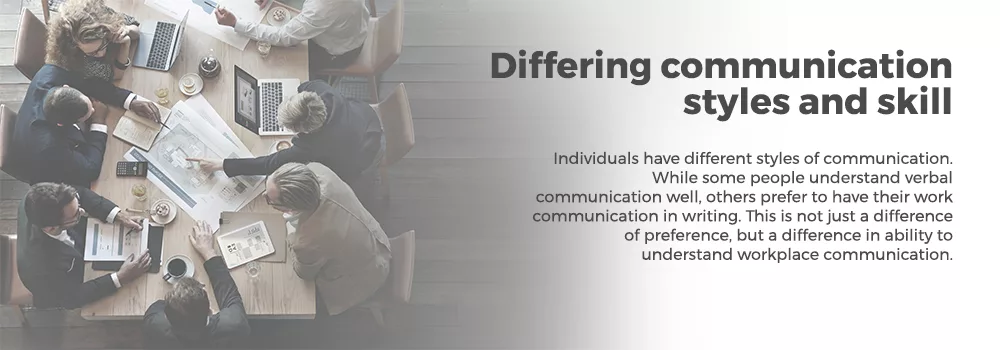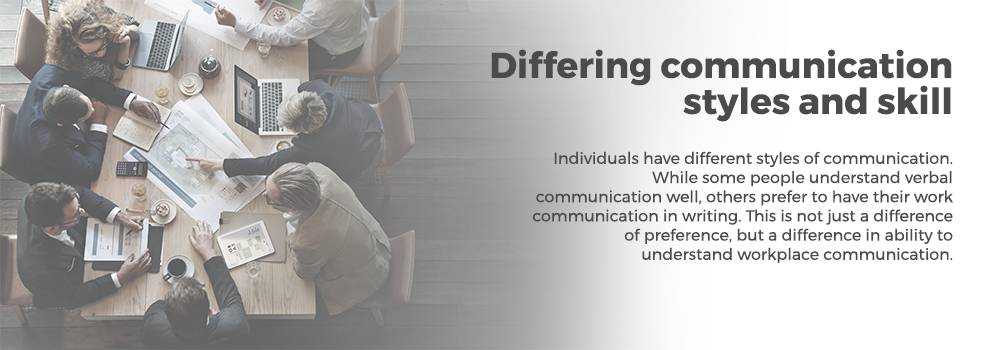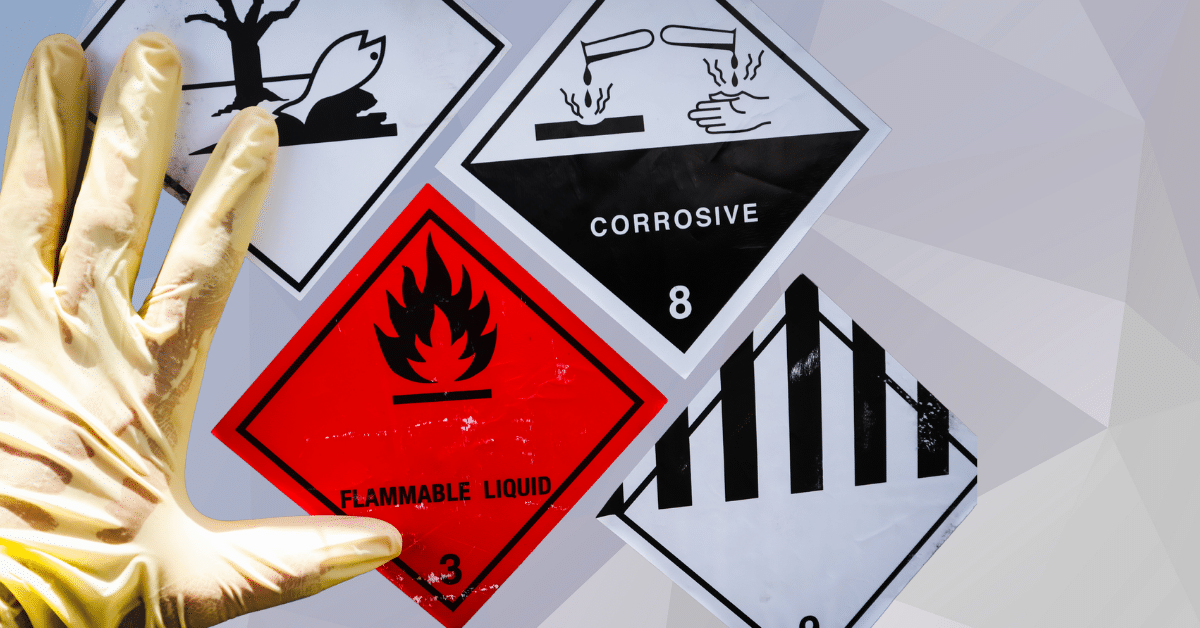Communication is important, especially in the workplace. Unfortunately, not everyone knows how to communicate well. Barriers to communication within the workplace can create misunderstandings and tension.
Save Thousands Of Dollars With Coggno Prime Subscription
Below are 8 barriers to workplace communication along with some tips for overcoming these barriers.
Breaking Down Communication Barriers in the Workplace: 8 Essential Strategies for Effective Team Communication
Differing communication styles and skill
Individuals have different styles of communication. While some people understand verbal communication well, others prefer to have their work communication in writing. This is not just a difference of preference, but a difference in ability to understand workplace communication.
In addition to holding different styles of communication, individuals function at different levels of skill. When a person is unskilled at communicating clearly, it can cause confusion. In the worst cases, it can cause tension in the workplace.
How to overcome this barrier: learn how your employees and coworkers communicate best. When possible, offer direction and feedback through a variety of formats. Additionally, find resources to train your workplace on how to communicate most effectively.
Dissatisfaction or disinterest at work
When employees are unsatisfied or uninterested in their work, communication suffers. For dissatisfied workers, communication may become strained because of mismanagement by their supervisors. Workers who don’t feel like their input is valued will cease to provide input.
Disinterested workers often put minimal effort into every aspect of their job. Although communication is important for workplace function, a disinterested worker may drop the ball on continuing open communication.
How to overcome this barrier: in extreme cases, this barrier can only be changed when individuals leave the company. However, taking time to clear up any workplace conflict before it becomes a problem can prevent these workplace communication barriers from developing.
Must Read – Employee Engagement Activities And Programs That Work
Inconsistency in communication
It’s essential that management takes the time to communicate consistently with their employees. This can be easy in a workplace where employees can all receive the same email. However, many workplaces rely on verbal communication to disseminate information.
If that’s the case for your workplace, it’s important that any important information is communicated consistently across departments and shifts. Otherwise, some employees will be informed while others are left in the dark.
How to overcome this barrier: setting up company-wide email is a great way to communicate large announcements or changes. If your workplace relies on verbally communicating these things, consider having a checklist to make sure all employees are informed.
Related Article: Best Ways of Communicating Safety Messages
Attitude, tone of voice, and body language
What you say is only the first step in communication. How you say it and what body language you use are also important. Attitude, tone of voice, and body language can all communicate messages contrary to the words you’re speaking.
Must Read – The Best Ways of Communicating Safety Messages
This becomes a major barrier when an employee feels unheard or demeaned in workplace communication. For example, an individual using sarcasm and profanity to communicate can quickly create a hostile workplace.
How to overcome this barrier: make sure you’re communicating in a way that’s consistent with your words and the policies of your workplace. If you cross your arms or furrow your brow when listening, work to change your body language. If attitude and tone of voice consistently create tension, be mindful of how you’re saying things when communicating at work.
Also Read: How to Talk to an employee about Poor Performance
Too much information at one time
When employees get too much information at once, they often struggle to understand exactly what is expected. Although information overload is common in the training stage, managers can overload their workers with too much information throughout the work process.
This can be especially difficult with verbal communication. Because people often forget information transmitted orally, it’s important to follow up longer conversations with an email detailing key points.
How to overcome this barrier: when possible, communicate one or two main ideas in each conversation or email. If communication cannot be narrowed down, find ways to communicate in multiple formats. A follow-up email to a verbal conversation can help employees absorb important information.
Poor listening skills
Workplace communication isn’t just about talking. To have good communication in the workplace, it’s important for managers and employees to learn how to listen.
If a manager isn’t listened to, they may feel frustrated by the ineffectiveness of their communication. Since workplace communication is necessary for the success of their job, poor listening on the part of employees can create tension.
If an employee isn’t listened to, they may feel frustrated and unhappy at work. When managers fail to listen to their employees, they miss the insight offered by employees at every level.
How to overcome this barrier: train employees at every level in active listening. When individuals learn how to actively listen, communication in the workplace improves.
Communication through the grapevine
Few things are worse than finding out information through the grapevine. Although many individuals trust this second-hand information, it’s important for everyone in the workplace to get ahead of this type of communication.
For example, if an employee is unhappy with how their manager handled a situation, they should talk to their manager directly. If a manager finds out about this dissatisfaction because the other employees are discussing it, it can cause major tension at work.
Similarly, employees should not find out important information through the grapevine. While information will always travel through these channels, it’s important that big announcements and changes are communicated with employees through official announcements or email.
How to overcome this barrier: you cannot stop the grapevine from talking, but you can control when information gets out. Instead of waiting for information to “leak” through the grapevine, keep employees up-to-date through official workplace communication channels.
Additionally, it’s important to train employees to communicate through conflict instead of using the grapevine to rally people to their “side.” Prevent widespread conflict by dealing with problems as they come up.
You Might Like: Nine Functional Areas of Human Resource
Cultural and language differences
Communicating across cultures and languages can create a clear barrier to workplace communication. While conversations between parties of different languages have major difficulties, communicating within the same language can have similar troubles.
For example, the United States and England both speak English. However, communication between these two cultures is still full of differences. How language is used differs, along with common communication etiquette. If your workplace communicates across cultural lines, take time to understand some basic differences between your cultures to prevent missteps in communication.
Cultural differences can also be differences between groups in the same country. Regional differences in language can contribute to some confusion in the workplace. Differences in how each generation speaks can also create confusion. This is colorfully represented in the movie The Princess Diaries, where the young girl says “shut up!” as an exclamation of disbelief. Her grandmother is shocked, believing her granddaughter has just rudely told her to be quiet.
How to overcome this barrier: when there is confusion between parties of different cultures, take the time to understand. Learning about cultural differences in communication can be useful for preventing conflict based on misunderstandings.
Also Read: Does Online Training Work
Conclusion
There are many barriers to workplace communication. However, taking time to understand and overcome these barriers is an essential part of learning to work together. Click here to learn more.
Maximize Training, Minimize Costs With Coggno Prime
Must Read: 15 Ways to Improve Your Employee Retention and Engagement in 2022





















